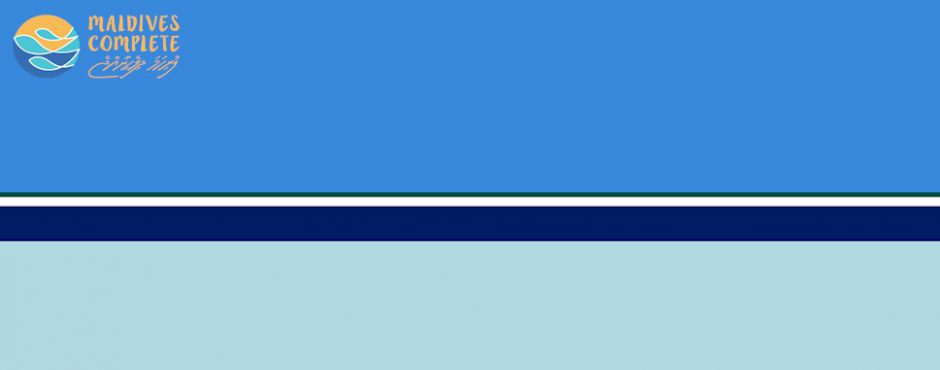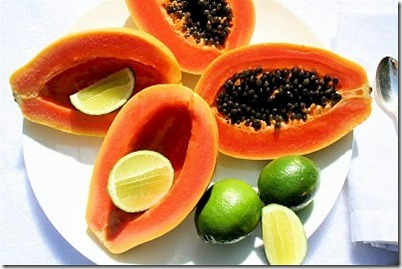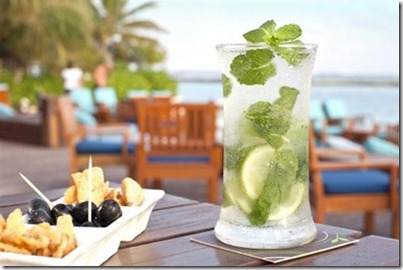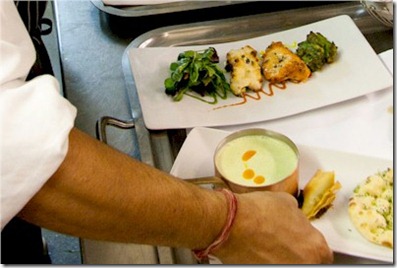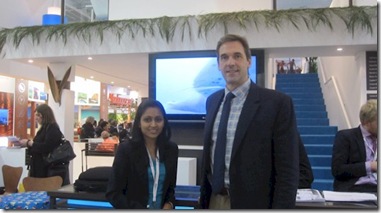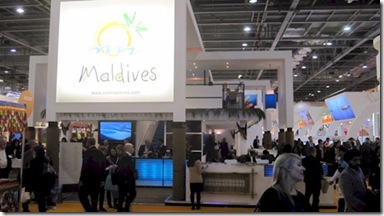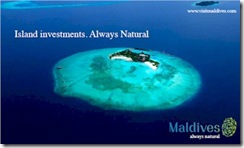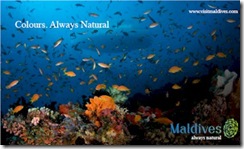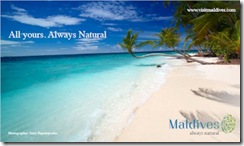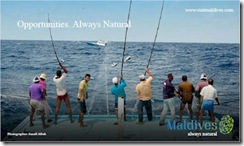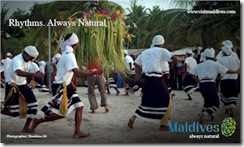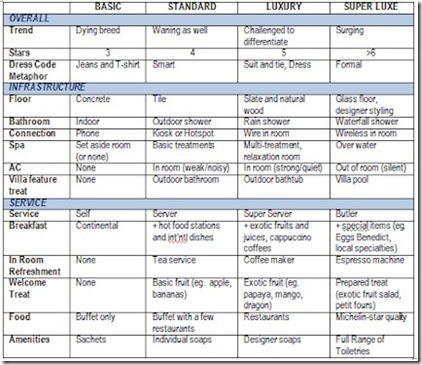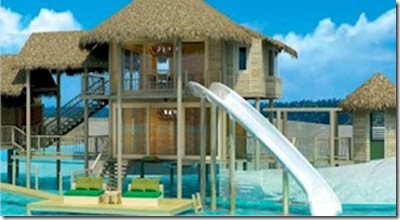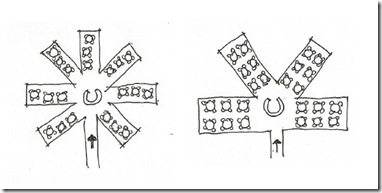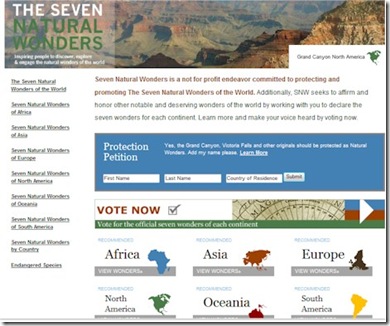
So what the heck does ‘5 Star’ mean?
With limited supply and the desire to earn as much as possible from the sustainable natural resource of the idyllic islands of the Maldives, the country and industry is rapidly moving to premium at nearly every property. Now there are over 100 active properties out of which more than half call themselves ‘5 star’. 39 of resorts on Trip Advisor, for example, are listed as 5-star. Of those, 8 have Review Ratings at a full 5-stars as well which is a start.
When everyone is 5-stars, is there any difference? Actually, there are massive differences. So how does one regulate the star awards? Adrian Neville called attention to the issue in a recent Tweet – “Vilamendhoo & Meeru say they are 4 star. This just pushes the Sonevas and O&O etc out to six or seven stars. The 5 star barrier is broken.” Adrian is referring to the trend started in Dubai by the super-premium marques calling themselves 6-star and 7-star out of objection to the fact that to put them in the same league as scores of ‘mere’ 5-stars would under represent the unique distinctions they have implemented.
One of the most prominent ‘Ratings’ these digital days are from TripAdvisor. But, these scores are not objective ratings against absolute and fixed criteria. They are subjective customer satisfaction marks against relative expectations. Someone who got a great deal on a basic property might give ‘5 stars’ to one quite humble resort, while someone who paid top dollar on an extravagant property might give a ‘4 star’ mark if their parsley came facing the wrong direction.
MaldivesComplete’s weighted rating field was an early attempt to reconcile some of this variation in ratings. When MaldivesComplete was launched several years back, several resort portals and tour operators had slightly varying ratings for the islands. I figured that collecting all of these and averaging them would provide both (a) more balanced true rating, and (b) more granular differentiation. But even this approach is growing dated and weaker. A lot of the portals have fallen by the wayside and the tour operator ratings are growing more uniform.
Part of the fuel to the uniformity is the crowding at the top. The 5 star problem. All the resorts are sprucing up and putting in investment to tick the 5 star boxes. The operators are happy to going along with this rating inflation because it helps them to justify higher prices.
Which brings us back to the ‘dirty truth’ that the hotel industry’s own rating systems are quite dated. They try to quantify quality through system of tick boxes. This is not a problem limited to the Maldives. MSNBC highlighted the subject in its piece “The dirty truth about hotel ratings.” Things like the number of bathroom fixtures determine 5-star threshold leading to inane investments in things like quizzical bidets. People going to 5 star resorts would rather have a nicer shower (rain or waterfall shower), than an unused bidet. Some of the hotel star ratings determined by the number of electrical outlets available, and yet don’t make any assessment of Internet speed, strength and accessibility.
I also think that there is somewhat inadvertent muddying between ‘the destination’ and the ‘the resorts’. The Maldives is one of the finest places on earth. It is a 5-star destination. You could put a shack on a Maldivian island and it would be close to a 5-star lifetime experience. As a result, I think that, in the global resort competition, the proliferation of 5-star categorisations is partly due to a global calibration. Resorts that would be 3 or 4 stars on any other ‘ordinary’ beach in the world, become ‘5’ stars in the Maldives. Furthermore, in terms of differentiating Maldives resorts, how do you compare an island with a spectacular house reef but modest infrastructure, with a resort which has no house reef but gold-plated elegance? How do you compare the charm of a more natural aesthetic with the pizzazz of trendy design?
I think the Maldives desperately needs a more structured, methodical and managed star system like that run by Michelin. A Michelin star is a major achievement – ‘worth the trip’. Two stars is a rare distinction. Three stars is hall of fame material. More on that later.
